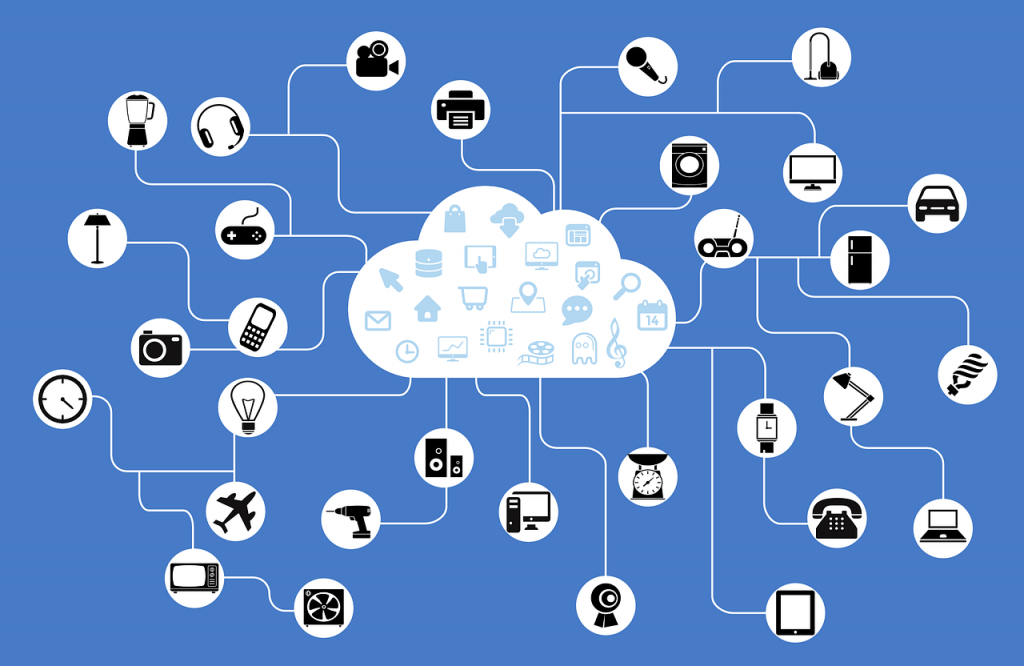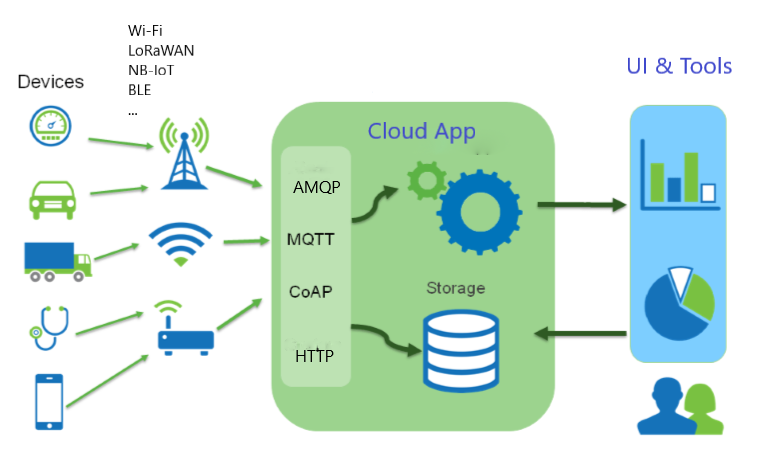Internet of Things (IoT) business value-add for small and medium enterprises
Posted on 23 September 2020

IoT technology can enable small and medium business to remote monitor and control production and service facilities and flows, get more information about the real state of their operations, enrich features of their products and services, and even improve their business model.
For example, an agriculture farm is currently using for monitoring the status of the grains in the silo, a nearby handheld device or PC. By using IoT technology, the status of grains in the silo can be seen and commands for silo operation can be sent remotely from any web-capable device. This is becoming more valuable when the silos are in different locations providing a consolidated view of the whole operation, reducing the costs with travel and personnel and increasing the awareness of grains status and the ability to avoid risks in loosing grain quality. Additionally, the data stored could help for analysis and insight for a longer time, as support for future decision or operational procedure improvement. Last, but not least, real-time information about the quantities in or out in the silos and existing stock, transferred automatically from the IoT system in an ERP-like application, are valuable business information.
The same could be valid for a transportation company using trucks. Currently, maybe the company is using a GPS system to track the position of the trucks. By using IoT technology, data about mileage, fuel consumption, technical parameters of the car could be available in real-time. Data about the load, like temperature and humidity in case of food, or other relevant parameters depending on type of the load, are available in real-time and historically stored, enabling the company to act in time or to prove that the transport was done properly. Efficiency is increased, the risk diminished and business information and customer offering improved.
Let’s take for a third example a company delivering food and beverage in his own refrigerators in third party’s shops or in automated vending machines. Usually, these devices have some build-in automated functionality, but the information about the stock of goods or malfunctions are depending on the shop owner or own field staff. By using IoT technology, parameters like temperature, humidity, and stock of goods could be available in real-time, remote commands could be sent to each machine, too. The location of each machine and anti-tempering information could be available in real-time. Additional to the improved operational processes and reaction speed, real time data about the stock and products consumed in each location could improve business efficiency and forecast.

Speaking about technical solutions, all the examples above requires an architecture consisting on a web or cloud-based application, microcontroller enabled and network capable devices to collect data and control the “things” and, in some cases, gateways concentrating the data from the field to the cloud. All components are available now on the market, at affordable prices and requiring a reasonable customization effort, enabling small and medium business to make use of the power of IoT.
If you are interested to see how we have implemented our technology, be sure to check out our case studies section, because you will find out more about a crop monitoring solution and Taxiot (a web-based solution for Remote Monitoring and Control of Taximeters in compliance with the EU Regulations) or contact us for a solution for your IoT project.
